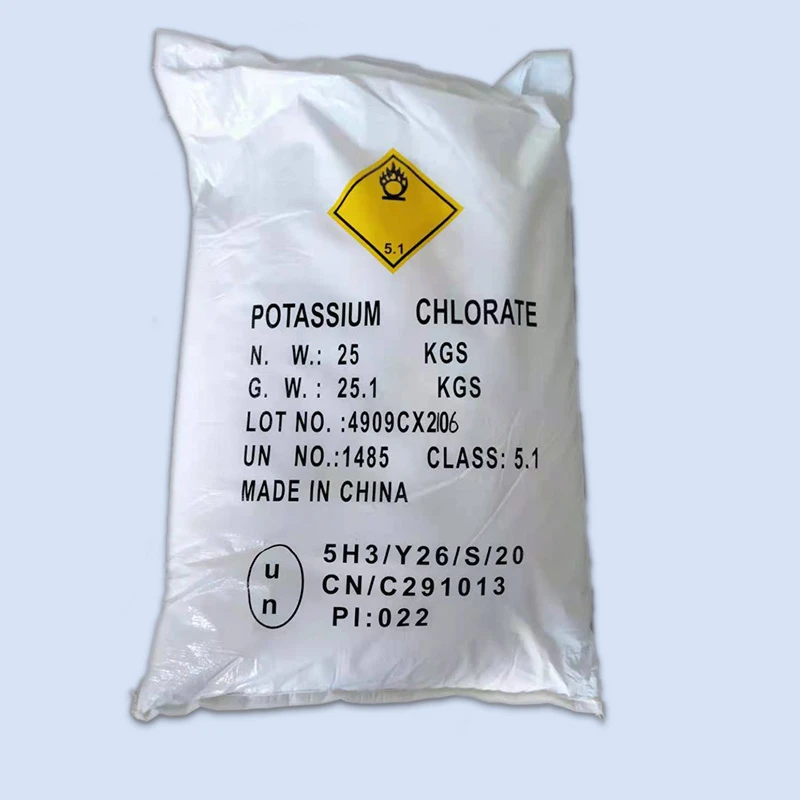



chemical neutralization in wastewater treatment
Chemical Neutralization in Wastewater Treatment
Wastewater treatment is a critical process in maintaining environmental health and safeguarding public safety. Among the various methods employed in wastewater treatment, chemical neutralization is a crucial technique used to manage and mitigate the harmful effects of acidic and alkaline substances present in wastewater. This article will explore the significance of chemical neutralization in wastewater treatment, the processes involved, and its benefits and challenges.
Understanding Chemical Neutralization
Chemical neutralization is a process used to balance the pH levels of wastewater, ensuring that the effluent released into the environment meets regulatory standards. Wastewater can be acidic (low pH) or alkaline (high pH), which can pose environmental risks. Acidic wastewater may result from industrial processes such as metal plating, battery manufacturing, and coal mining, while alkaline wastewater is often generated from industries like textile manufacturing and soap production.
In the neutralization process, an acidic or alkaline wastewater is treated by adding neutralizing agents. For acidic wastewater, alkaline materials such as lime (calcium hydroxide), sodium bicarbonate, or sodium hydroxide are used. Conversely, for alkaline wastewater, acids such as sulfuric acid or hydrochloric acid are employed.
The Neutralization Process
The neutralization reaction can be simplified into a straightforward chemical equation. For example, when hydrochloric acid (HCl) is mixed with sodium hydroxide (NaOH), they react to form water and sodium chloride
\[ HCl + NaOH \rightarrow NaCl + H_2O \]
This reaction illustrates the essence of neutralization, where the acid and base neutralize each other, resulting in a solution with a balanced pH.
The process typically occurs in a neutralization tank, where chemicals are carefully added to maintain the desired pH level. pH sensors and control systems play a vital role in monitoring the changes in pH, ensuring that adjustments can be made in real-time to achieve the desired outcome. Proper mixing techniques are also employed to promote uniform distribution of the neutralizing agents.
chemical neutralization in wastewater treatment

Benefits of Chemical Neutralization
One of the primary benefits of chemical neutralization is its effectiveness in meeting environmental regulations governing wastewater discharge. By neutralizing acidic or alkaline water, treatment facilities can produce effluent that complies with local and federal standards, thereby minimizing environmental pollution.
Moreover, this method can be relatively quick and cost-effective, allowing for immediate pH adjustment with readily available materials. The simplicity of the chemical reactions involved makes it an accessible solution for many wastewater treatment facilities, particularly in industries where pH fluctuations occur frequently.
Another significant advantage is that chemical neutralization facilitates the removal of heavy metals and other pollutants that may otherwise remain in the wastewater. By adjusting the pH, conditions can be optimized for subsequent treatment processes such as precipitation, which helps in separating harmful substances from the treated water.
Challenges in Chemical Neutralization
Despite its advantages, chemical neutralization also presents challenges. One of the primary concerns is the handling and storage of chemicals used in the process, which can pose safety risks. For example, strong acids and bases can cause chemical burns or produce hazardous fumes. Proper safety protocols, training, and protective equipment are essential to ensure the safety of workers involved in wastewater treatment.
Additionally, the chemical neutralization process generates waste, such as sludge from the precipitation of metals, which must be managed and disposed of properly. Improper disposal can negate the environmental benefits of treating wastewater, leading to further contamination and environmental harm.
Furthermore, over-reliance on chemical methods can overlook other opportunities for sustainable practices. Integrating biological treatment processes or advanced oxidation processes with chemical neutralization may offer more comprehensive solutions to complex wastewater challenges.
Conclusion
Chemical neutralization is an essential component of wastewater treatment, providing a reliable method for managing pH levels and ensuring compliance with environmental regulations. While it offers numerous benefits, including effectiveness and cost-efficiency, it also poses challenges that require careful management, safety considerations, and integrated approaches. As the demand for advanced wastewater treatment solutions continues to grow, continuous research and innovation in this field will be crucial for developing smarter and more sustainable practices for our water resources.
-
Why Sodium Persulfate Is Everywhere NowNewsJul.07,2025
-
Why Polyacrylamide Is in High DemandNewsJul.07,2025
-
Understanding Paint Chemicals and Their ApplicationsNewsJul.07,2025
-
Smart Use Of Mining ChemicalsNewsJul.07,2025
-
Practical Uses of Potassium MonopersulfateNewsJul.07,2025
-
Agrochemicals In Real FarmingNewsJul.07,2025
-
Sodium Chlorite Hot UsesNewsJul.01,2025










